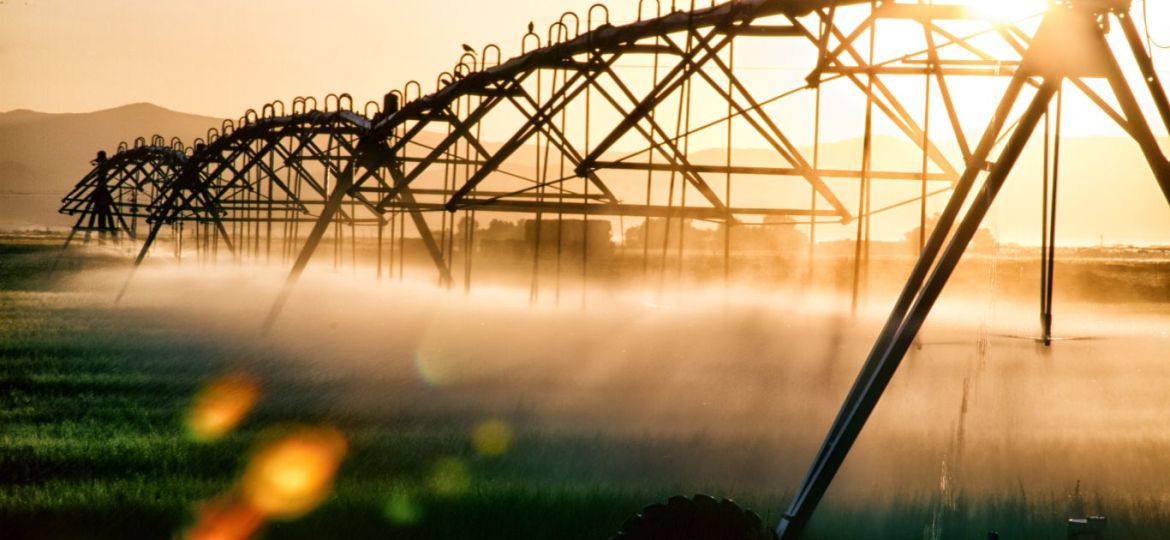OPINION – Thomas Hall, Agtech and Logistics Hub Director
Farmers tapping into technology is the key to addressing the critical issue of reducing water usage in agriculture, which accounts for nearly three quarters of Australia’s consumption.
About 20,000 farms across the country use water to grow fresh produce and sustain livestock.
A recent government snapshot of agriculture showed the industry used 9981 gigalitres of water in the 2021-22 financial year, a time when positive weather outlooks encouraged farmers to increase production of water intensive crops, namely cotton and rice production.
But increasingly, as our climate changes and we need to grow more food for our increasing population, the sector will need to become more water efficient.
The good news is that growing investment in agtech, now and in the pipeline, will help farmers get the most out of every drop.
This includes precision irrigation systems that use sensors, drones and data analytics to monitor weather patterns, soil moisture and crop requirements. This real-time monitoring lets farmers adjust their irrigation schedules to reduce water wastage.
Farmers are also beginning to use robots and automation for watering to minimise usage, and are looking to AI and machine learning to analyse data and optimise irrigation schedules.
We are also seeing smart water management platforms that equip farmers with insights to help make important decisions about how to best use their water resources.
Meanwhile, biotechnology is being used to develop drought-resistant crops, while nanotechnology is improving water retention in soil.
Statistics show within the agricultural sector, most water – 92 per cent – is consumed through irrigation, which is hardly surprising given we live on a dry continent.
N-Drip, our first resident at the Agtech and Logistics Hub, has developed an innovative micro-irrigation system that optimises water usage and enhances productivity. Their system offers an affordable and much more precise alternative to flood irrigation, a traditional method where water is pumped or drained onto a paddock.
We’ve also had many other innovators through the Hub who have developed water-saving solutions, from water-flow prediction models to dam surveying platforms.
It’s great to see the development of technology to benefit a sector that is highly dependent on water.
We hope to continue to see heavy investment in water-saving technology, given the great financial and environmental outcomes that flow from it.
Saving water reduces irrigation costs, improving profitability. And conserving water not only preserves natural resources, it also helps farmers mitigate the impacts of our variable climate while further helping them demonstrate their Environmental, Social, and Governance (ESG) credentials.
The bottom line is enhanced water management allows farmers to grow crops and sustain livestock by using the smallest amount of water possible.
I’m sure, as a sector, we can raise our glasses to that.
This piece was originally published in the March 2024 edition of Queensland Farmer Today.

